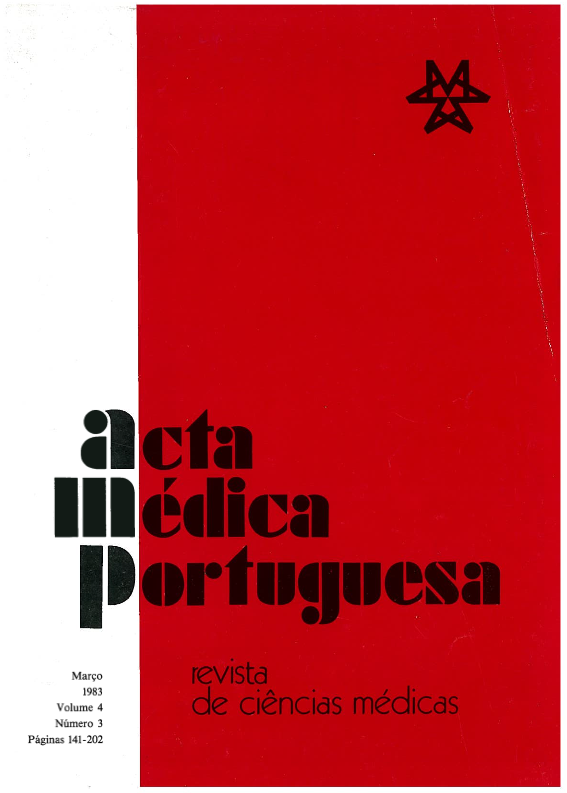Side-to-side Choledochoduodenostomy in the Management of Choledocholithiasis and/or Associated Pathology-Facts and Fiction.
DOI:
https://doi.org/10.20344/amp.3783Abstract
Ascending cholangitis, the sump or blind-sac syndrome and alkaline reflux gastritis are drawbacks commonly ascribed to this surgical procedure. Most surgeons look down at this operation as a last resort measure to be utilized only on elderly patients and only on ducts wider than 15 mm. Trying to verify the pertinency of such, alleged, inconveniences and limitations a personal series is analysed, retrospectively until 1976 and prospectively from then on. A total of 61 of these operations were performed (1973-81), on 47 women and 14 men, 25% below 50 years of age, 33% over 70,14 of them as Resurgery. Intravenous cholangiography was obtained, preoperatively, for evaluation of the duct width, which was less than 15 mm in 20 patients (32%). The follow-up period, surpassing 2 years in 26 (43%), includes clinical interviews and Liver biochemistries every 6 months and ERCP 12-18 months after surgery. One patient died during the immediate postoperative period and significant morbidity developed in 5 others (8,1%), the postoperative hospital stay averaging 7 days. The long term results on the survivors are classified as EXCELLENT in 48, GOOD in 8, FAIR in 3 and POOR in 1. It is concluded that this is a safe and very effective therapeutical measure, even when carried down on ducts less than 15 mm wide, provided a few technical requirements are respected. It does not carry the inconveniences usually ascribed to it. The excellent long term results of this series allow us to liberalize its utilization, even more so on young patients.
Downloads
Downloads
How to Cite
Issue
Section
License
All the articles published in the AMP are open access and comply with the requirements of funding agencies or academic institutions. The AMP is governed by the terms of the Creative Commons ‘Attribution – Non-Commercial Use - (CC-BY-NC)’ license, regarding the use by third parties.
It is the author’s responsibility to obtain approval for the reproduction of figures, tables, etc. from other publications.
Upon acceptance of an article for publication, the authors will be asked to complete the ICMJE “Copyright Liability and Copyright Sharing Statement “(http://www.actamedicaportuguesa.com/info/AMP-NormasPublicacao.pdf) and the “Declaration of Potential Conflicts of Interest” (http:// www.icmje.org/conflicts-of-interest). An e-mail will be sent to the corresponding author to acknowledge receipt of the manuscript.
After publication, the authors are authorised to make their articles available in repositories of their institutions of origin, as long as they always mention where they were published and according to the Creative Commons license.









